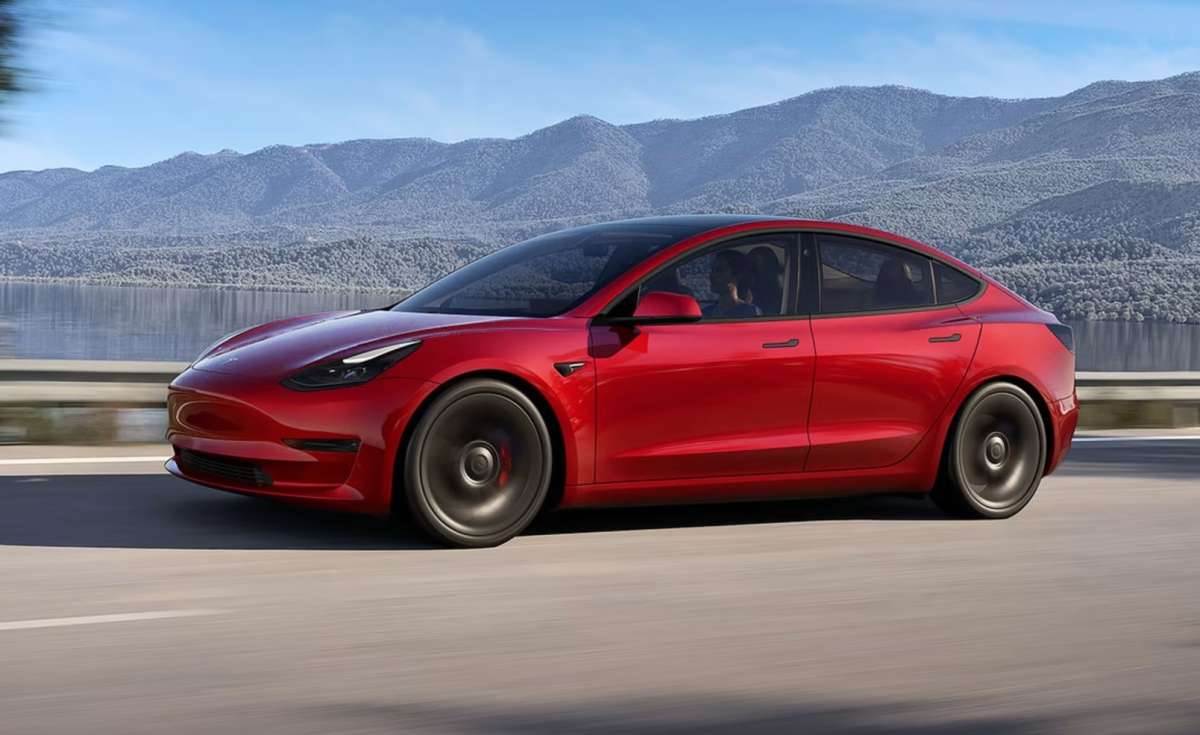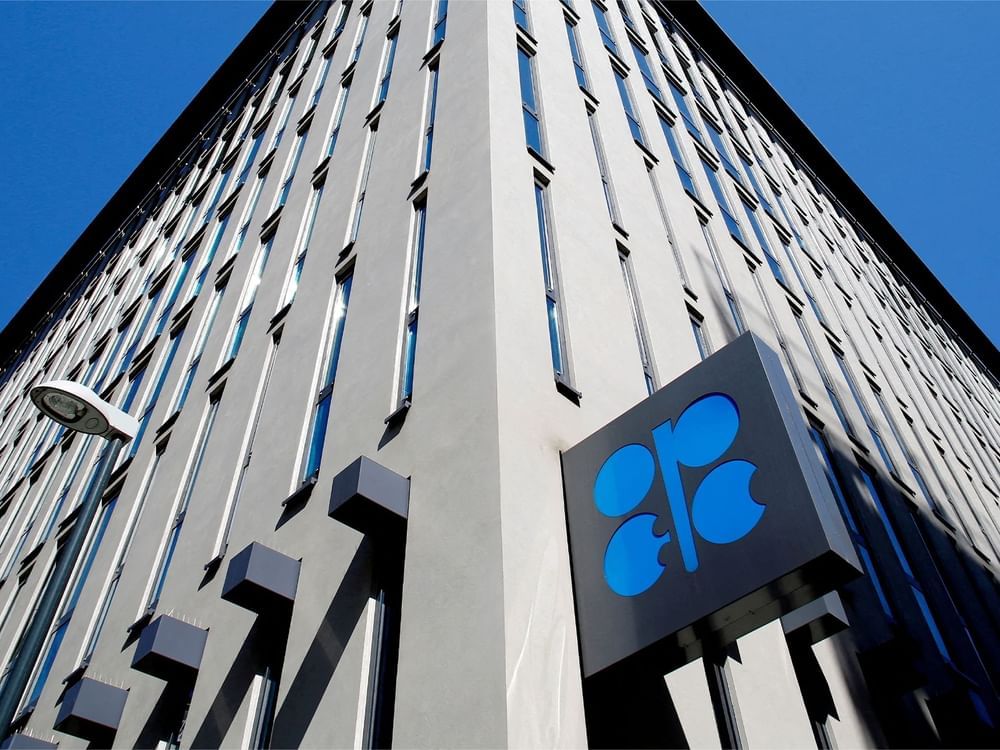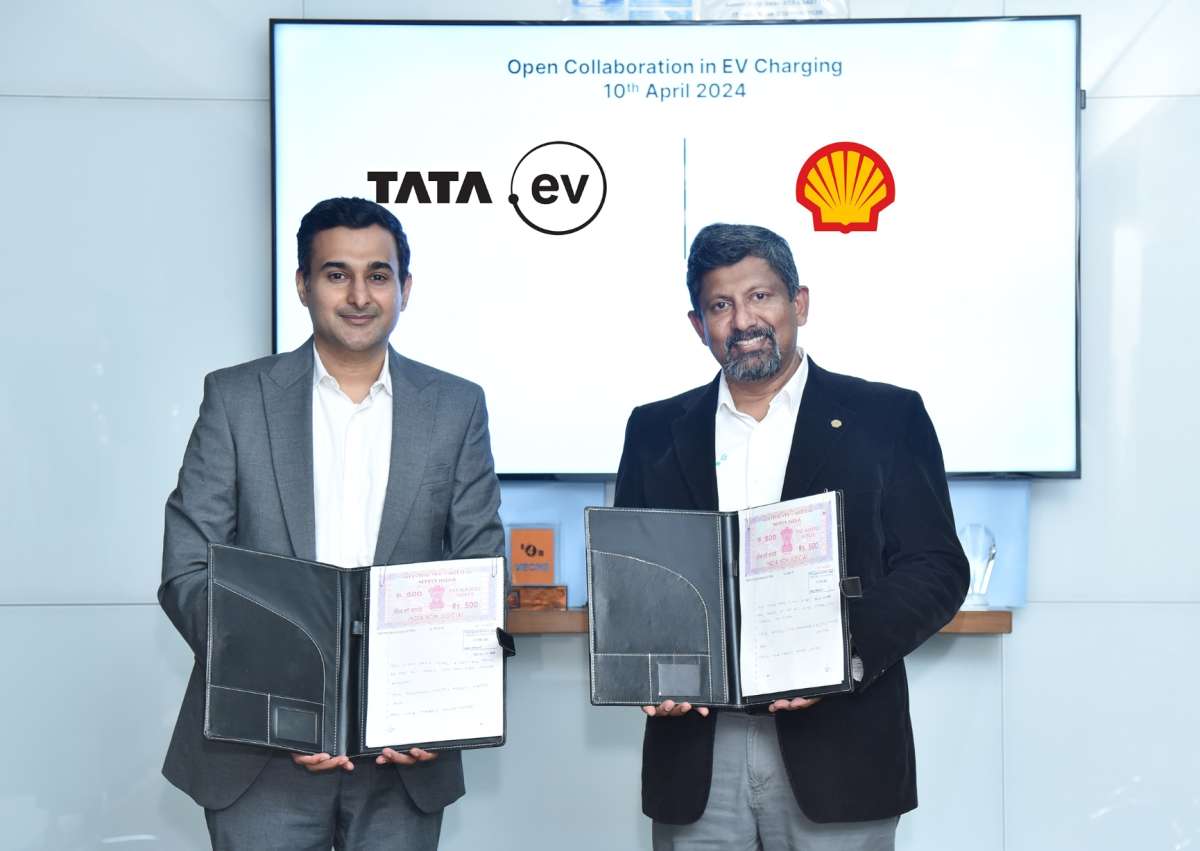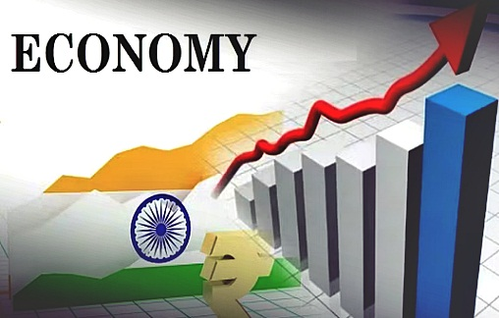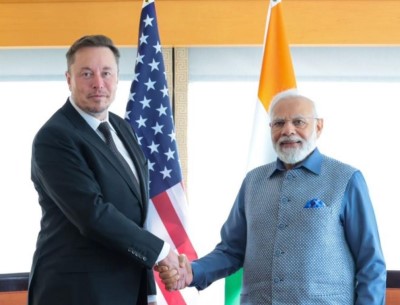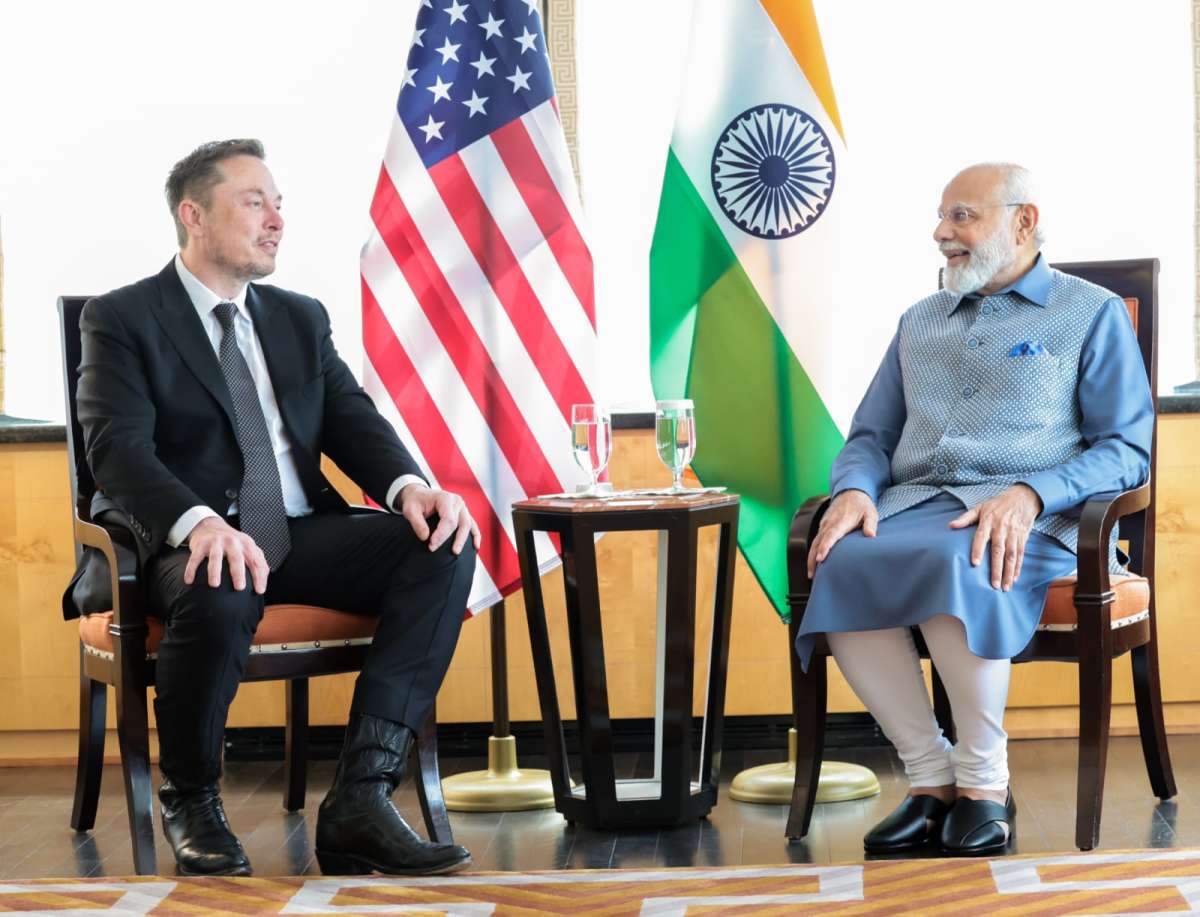The leading chip-maker will host its flagship developer conference in Hyderabad on April 17, which will see more than 150 developers, engineers and industry leaders…reports Asian Lite News
The developer community in India is at the forefront of creating innovative solutions which will continue to unlock growth opportunities not only for the country but also for the world, Savi Soin, President of Qualcomm India, said on Friday.
The leading chip-maker will host its flagship developer conference in Hyderabad on April 17, which will see more than 150 developers, engineers and industry leaders discuss advancements in technologies.
“India’s growing STEM (science, technology, engineering and maths) talent is at par with global standards with a lot of our professionals leading breakthrough advancements,” Soin said. “As a leader in 5G and wireless communications, we are committed to being a trusted partner for India in its digital journey.”
The company is working closely with the ecosystem to develop India-relevant artificial intelligence (AI) and 5G use cases and applications.

“The Hyderabad centre is at the helm of driving rigorous research and development (R&D) for Qualcomm in the country and is aligned with our larger vision of ‘Make in India for the world’,” said Shashi Reddy, VP of Engineering, Qualcomm India.
Qualcomm recently announced a grant of $186,000 and front-end support for the ‘Edge AI Lab’ at the International Institute of Information Technology Hyderabad (IIIT-H).
“The conference underscores our commitment towards deeper collaboration, research and innovation in partnership with Indian developers towards advancing AI and Edge AI technologies,” said Leendert van Doorn, Senior Vice President, Qualcomm.
Last month, chip-maker Qualcomm announced the inauguration of its new chip design centre in Chennai.
The centre, made with an investment of Rs. 177.27 crore, will specialise in wireless connectivity solutions, with a focus on innovations that complement Wi-Fi technologies.
It is also expected to generate jobs for up to 1,600 skilled technology professionals, open new doors for semiconductor design in alignment with the government’s vision of ‘Make in India’ and unlock growth opportunities for a strong indigenous design ecosystem.
Further, in line with the government’s Bharat 6G Vision, the company also announced its programme supporting 6G University Research in India.
At the inauguration, Union Minister for Communications, Electronics & Information Technology, Ashwini Vaishnaw shared his vision for a digitally-empowered India.
“India’s technological prowess continues to soar, positioning us as a global leader in innovation. Our nation’s strong commitment to embracing digital progress marks our journey towards a digitally-empowered society.

“We are happy to extend our support to Qualcomm which has played a key role in accelerating India’s digital journey and together we aim to connect millions of Indians through 5G connectivity,” the minister said.
“The new design centre marks a key milestone for not just the company but also the impact it is set to bring forth with employee opportunities that will further nurture our tech talent,” he added.
The centre will also actively contribute to Qualcomm’s global Research and Development endeavours in 5G Cellular technology.
Rahul Patel, Group General Manager, Connectivity, Broadband & Networking (CBN), Qualcomm Technologies said that the new design centre “will play a pivotal role in shaping the future of connectivity globally, especially in India.”
ALSO READ: PM Modi Turns Gamer ‘NaMo OP’


